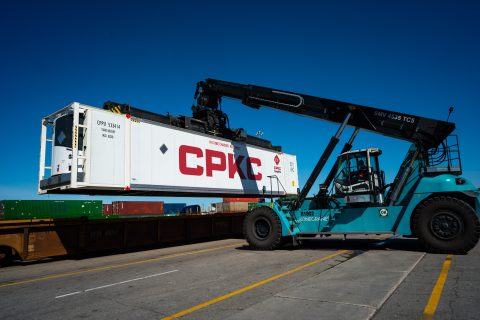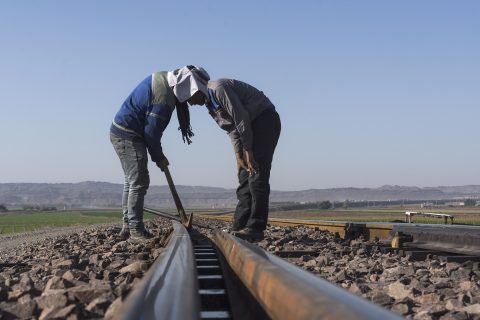Middle Corridor countries discussing 50% tariff discount

The Middle Corridor is too expensive as a competitive alternative to other transport corridors that connect Europe and China. In an effort to boost the route’s attractiveness, involved countries are now discussing a fifty per cent discount on tariffs along the route.
Do you want to read the full article?
Thank you for visiting RailFreight.com. Become a member of RailFreight Premium and get full access to all our premium content.
Are you already a member?
Having problems logging in? Call +31(0)10 280 1000 or send an email to customerdesk@promedia.nl.




